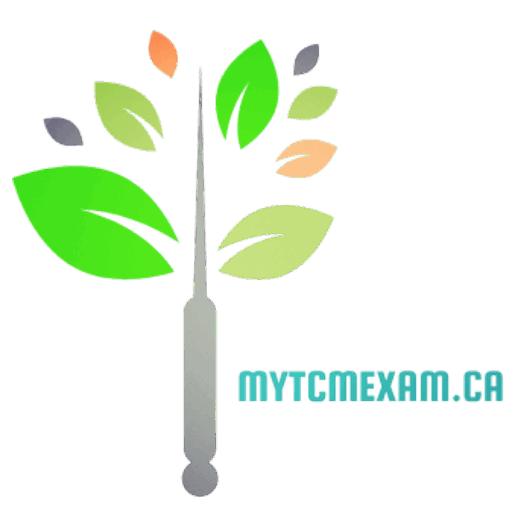Traditional Chinese Medicine – Chinese
- Description
- Curriculum
- FAQ
- Reviews
Course Description:
This comprehensive course provides a deep dive into the art and science of therapeutic massage. Students will build a strong foundational knowledge of human anatomy and physiology, master a diverse range of manual techniques, and develop the critical thinking skills necessary for a successful clinical practice. The curriculum seamlessly integrates theory with hands-on application, emphasizing safety, ethical practice, and the development of a client-centered approach. Graduates will be equipped to address a wide variety of client needs, from relaxation and stress reduction to pain management and rehabilitation support.
Course Learning Objectives:
Upon successful completion of this course, students will be able to:
• Explain the core physiological and neurological mechanisms behind massage therapy.
• Demonstrate proficiency in Swedish, deep tissue, myofascial, and lymphatic drainage techniques.
• Conduct a basic client assessment, including postural analysis and range of motion testing.
• Identify indications and absolute as well as relative contraindications for various modalities.
• Develop and justify appropriate treatment plans for specific clinical scenarios.
• Apply principles of proper ergonomics and self-care to ensure a sustainable career.
• Execute professional documentation, including intake forms and session notes.
Key Features of the Course:
• Simplified Learning: We use “Key Points,” “Tips,” and “Analogies” to help you quickly grasp important concepts.
• Reinforced Knowledge: Each chapter includes quizzes to help you review and reinforce the information you’ve learned.
• Real-World Application: We provide real-life clinical scenarios and case studies so you can learn how to tackle challenges and solve problems you’ll face in your career.
Here’s a breakdown of the course chapters:
Chapter 1: Introduction to Therapeutic Massage
This chapter introduces the fundamental principles of therapeutic massage, including the mechanical and physiological effects of treatment. You’ll also learn about the Pain Gate Theory, general indications and contraindications for massage, and the four guiding principles of massage therapy.
Chapter 2: Swedish Massage
This section covers the terminology and main categories of massage techniques. We’ll dive into the different types of Swedish massage techniques;
• Stroking technique along with their benefits, indications, and contraindications.
• Effleurage technique along with their benefits, indications, and contraindications.
• Petrissage technique along with their benefits, indications, and contraindications.
• Vibration technique along with their benefits, indications, and contraindications.
• Tapotement technique along with their benefits, indications, and contraindications.
Chapter 3: Non-Swedish Massage
In this chapter, you’ll learn a variety of non-Swedish techniques. The lessons include:
· Cross-Fiber Friction: This technique is discussed along with its benefits, indications, and contraindications.
· Fascia Techniques: We’ll cover how to apply these techniques, their benefits, indications, and contraindications.
· Trigger Point Release: You will learn how to perform trigger point release and understand its benefits, indications, and contraindications.
· Static Pressure Techniques: This section introduces different static pressure techniques like GTO Release, O&I (Origin and Insertion), and Muscle Approximation, explaining how to perform them and their benefits, indications, and contraindications.
Chapter 4: Manual Lymphatic Drainage (MLD)
This chapter focuses on the principles of MLD. We’ll start with the basics of the lymphatic system, including the anatomy and function of lymph fluid, lymphatic vessels, and major ducts. You’ll also learn about the role of the spleen, tonsils, thymus, cistern chyli, and lacteals.
The chapter also covers MLD techniques, their benefits, indications, and contraindications, and includes self-care exercises.
We also talk about the real-life clinical scenarios and case study on manual lymphatic drainage in a post-operative client.
Chapter 5: Joint Mobilization
Joint mobilization is a foundational clinical technique used to restore pain-free range of motion and function by addressing joint hypomobility. It is grounded in a thorough understanding of joint anatomy, arthrokinematics, and the assessment of range of motion and end-feels. By applying specific graded oscillations or sustained stretches (Grades I-III), therapists can reduce pain, decrease stiffness, improve synovial fluid movement, and enhance proprioception. Its application is guided by clear indications and critical contraindications to ensure patient safety.
• Primary Benefits: Increases joint flexibility and range of motion, decreases pain and muscle guarding, improves circulation and nutrient exchange within the joint, and enhances neuromuscular control.
• Common Indications: Joint hypomobility, post-injury stiffness, adhesive capsulitis (e.g., frozen shoulder), osteoarthritis (non-acute phase), and post-surgical rehabilitation (with clearance).
• Key Contraindications: Acute inflammation or infection, fractures or joint instability, malignancy near the joint, severe osteoporosis, and neurological deficits compromising joint integrity.
• We also talk about the real-life clinical scenarios and case study on joint play treatment in a post-traumatic client.
